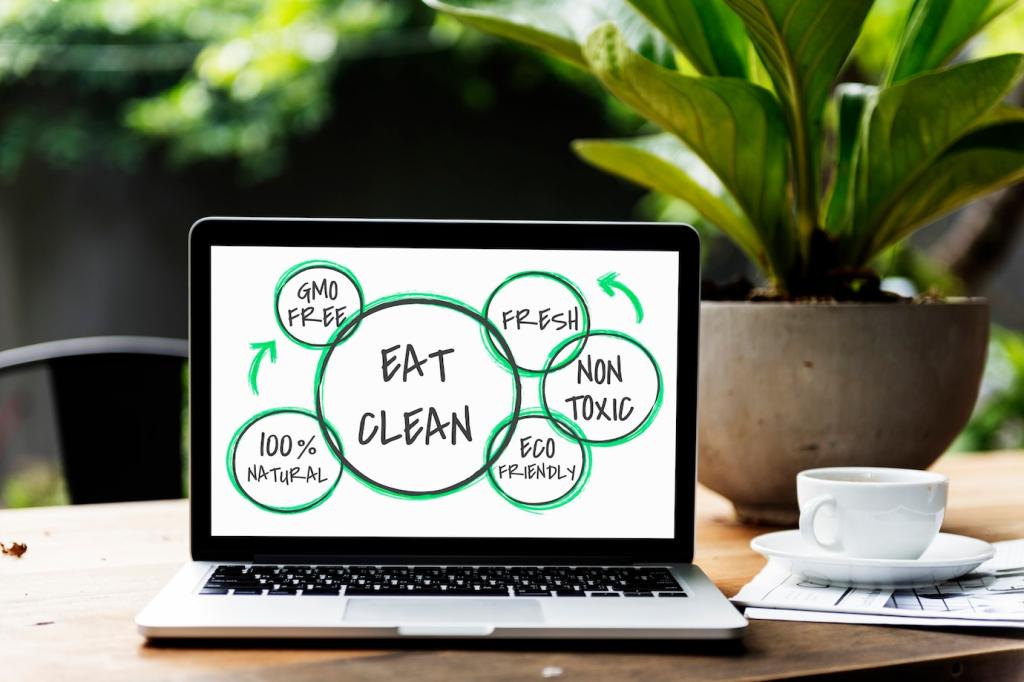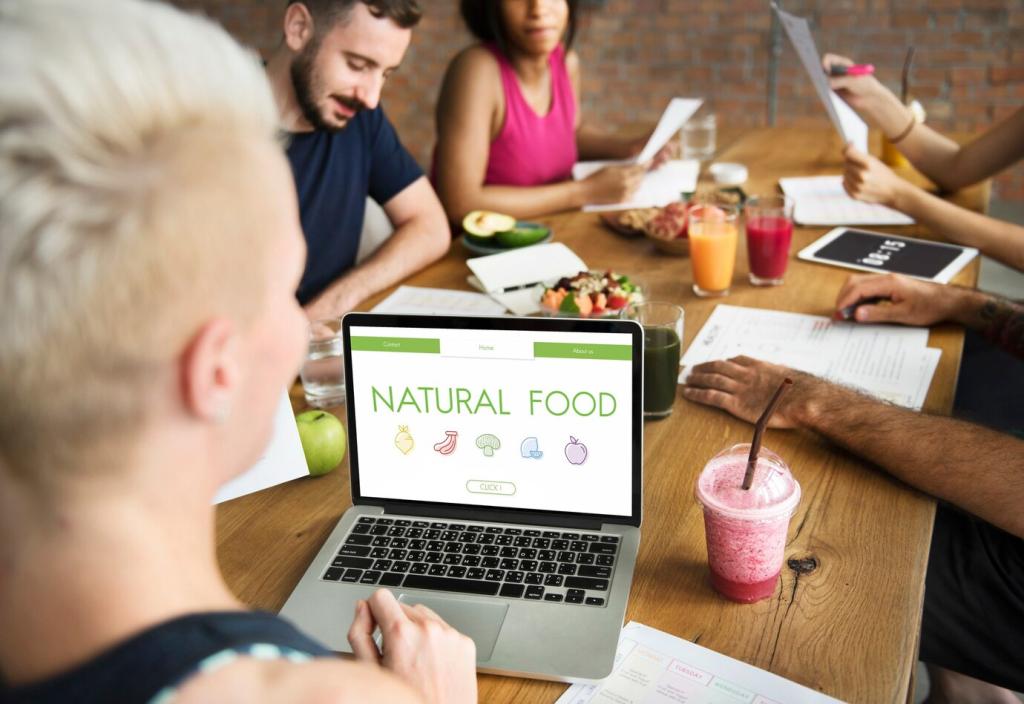Strategic Copywriting for Promoting Green Products
Chosen theme: Strategic Copywriting for Promoting Green Products. Welcome to a friendly, inspiring space where words fuel impact. Together we’ll craft messages that move people from curiosity to committed action—without greenwash, without guilt, and with measurable results. Join the conversation, subscribe for fresh ideas, and help shape a smarter, greener narrative.
Define a Green Value Proposition That Truly Resonates
From Features to Benefits with Environmental Meaning
Translate compostable packaging, recycled materials, or refill systems into everyday wins: less waste in the kitchen, easier refills on busy mornings, quieter conscience after checkout. Ask readers where sustainability most intersects their routine, and promise clarity that shows exactly how your product eases that moment.
Clarity Without Greenwash
Avoid broad claims like “eco-friendly” and “planet-safe.” Replace them with specific statements readers can picture: material sources, certified standards, and end-of-life instructions. Invite comments if a term feels unclear, and commit to updating pages so the community can trust every line you publish.
Invite the Reader Into a Shared Mission
Frame the purchase as part of a collective journey, not a solitary sermon. Use inclusive language—“we,” “together,” “our”—and show how small choices compound into change. Ask readers to share one micro-habit they’ve adopted, and feature a few in your next newsletter to inspire others.
Storytelling Techniques for Sustainable Brands
Origin Stories with Purpose
Tell the spark: the first time a founder watched a bin overflow with single-use plastics, or the moment a supplier offered traceable fiber. Show the tension and doubt. Then show the choice that changed direction. Invite readers to share their “spark” in the comments to deepen connection.


Plain-Language Metrics Consumers Understand
Swap technical spreadsheets for relatable frames: bottles avoided per month, liters of water saved per wash, miles of shipping reduced with local sourcing. Explain your math in two sentences. Invite readers to challenge assumptions kindly so your methodology becomes clearer and better with each revision.

Third-Party Validation and Trust
Reference recognized certifications and independent audits without drowning readers in acronyms. Summarize what each verification means in practice. Offer links for the curious. Ask subscribers which labels they trust most, then prioritize educational posts demystifying the top three to reduce confusion and increase confidence.

Specificity Beats Superlatives
Replace “the most sustainable” with detailed context: material composition, repair options, and end-of-life paths. Specificity lowers defenses and invites curiosity. Prompt readers to highlight any phrases that feel inflated, and commit to revising those lines publicly so trust grows with every update.

Empathy Over Shame
Avoid guilt-heavy messages that backfire. Recognize budget constraints, time pressure, and habits formed for good reasons. Offer gentle alternatives and celebrate every manageable step. Ask readers which obstacles stop them most often so you can write copy and guides that remove friction compassionately.

Microcopy That Nudges Greener Decisions
Tiny phrases near buttons and options can guide choices: “Refill saves two bottles this month,” “Ships in minimal packaging,” or “Repair kit available.” Invite users to vote on which microcopy resonates, and iterate publicly so everyone can see how language improves real-world outcomes.

Channel-Smart Copy: Web, Email, and Social
Lead with a crisp promise, a human photo, and a short proof snippet. Link quickly to impact details. Keep jargon minimal. Ask visitors what they came to solve today, and route them to tailored paths—refills, repairs, or guides—so the homepage earns trust in seconds.
Conversion Psychology for Eco-Conscious Shoppers
Replace walls of text with concise sections and a single, helpful call to action. Explain the why, then the how. Offer a guest checkout and easy returns. Ask readers which step felt confusing so you can simplify it and celebrate the change publicly next week.
Testing, Iteration, and Measuring Impact
Test hypotheses that matter: does a transparent impact box near the price improve add-to-cart? Does a repair-first prompt reduce returns? Share results openly. Ask readers which variations felt clearer or kinder, then incorporate their feedback into your next test roadmap.

